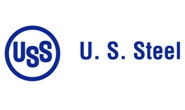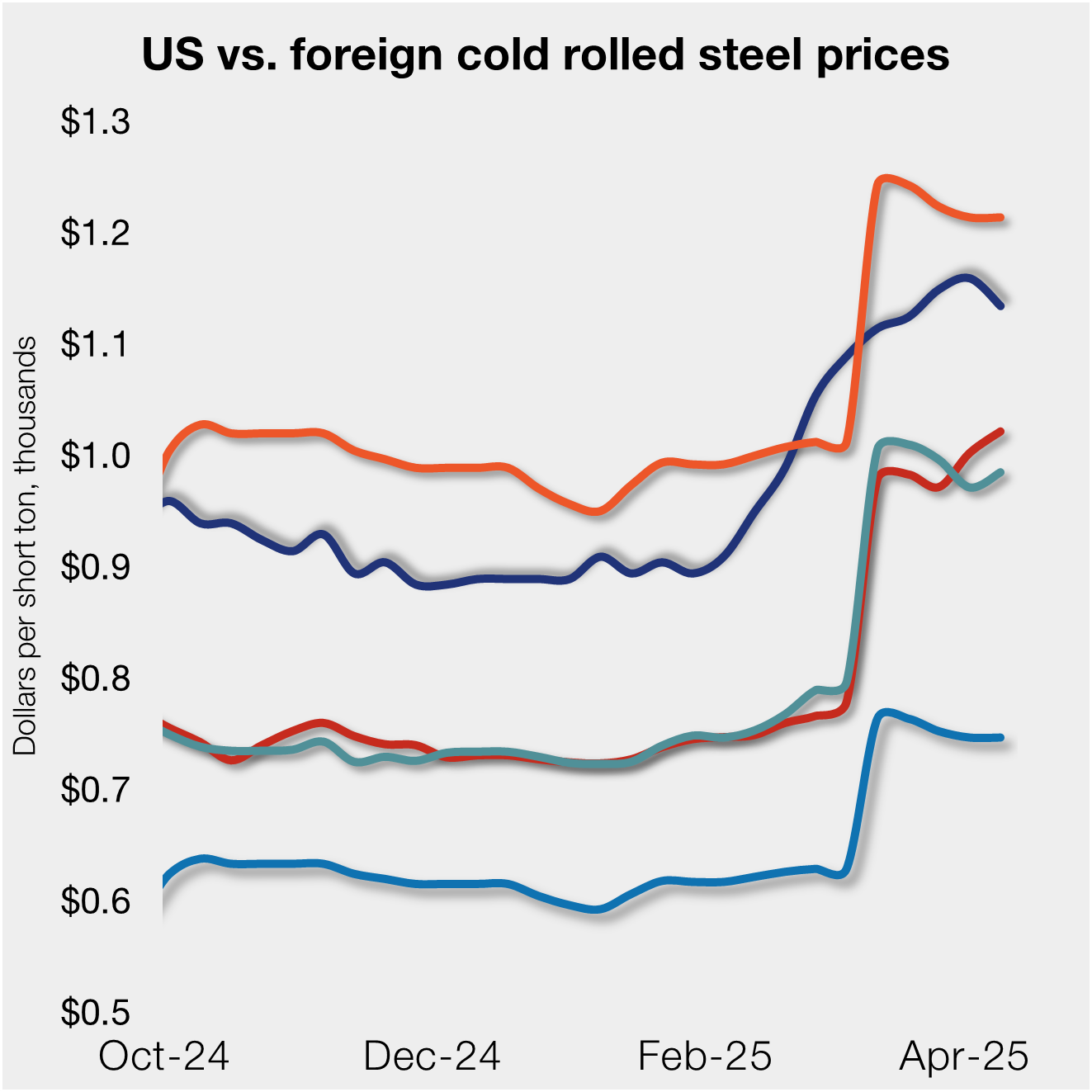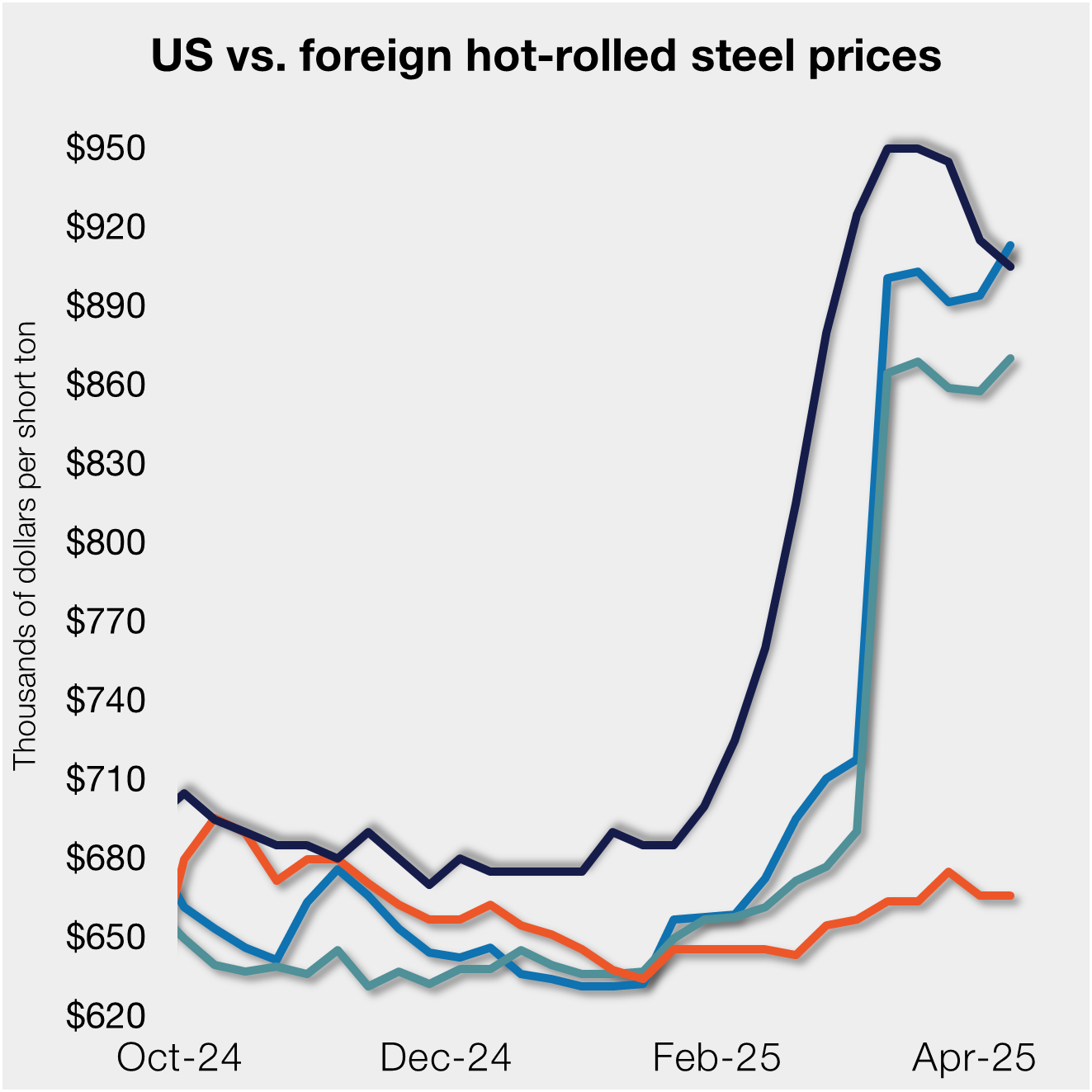Steel Products

U.S. Steel: No Index-Based Pricing in 2020 Contracts
Written by Tim Triplett
August 13, 2019
U.S. Steel is planning a fundamental change in the way it goes to market, informing its salesforce this week that it will no longer use index-based pricing effective with its 2020 contracts. Should other mills follow suit, the move has wide-ranging implications for steel prices and the way contracts are negotiated.
In an Aug. 13 letter to its North American Flat-Rolled Sales Organization, the company stated the following:
“As we have seen in business conditions over the last several quarters and years, the North American flat-rolled market remains volatile and unpredictable. This volatility creates not only significant challenges to plan and run our continuous operations, but it also creates enormous headwinds for our customers who are attempting to manage their demand, inventory, and balance sheets.
“It has become clear that a component to this uncertainty and risk today has been the growth of adjustable price contract mechanisms. While the intent might have been to ensure a steady flow of contract volume across a contract period, the reverse has become the case, creating volume uncertainty and disruption throughout the supply chain.
{loadposition reserved_message}
“Furthermore, a significant portion of the flat rolled market which now transacts under these price adjustable contracts is being driven by spot market transactions which are only a minute fraction of the total market. This often serves to distort the economics of these volume-based agreements.
“To that end, the decision has been made that we will not enter into spot market based adjustable price contracts in 2020 with our customers. We have ample price supply options in which we will be more than happy to engage with our customers to meet their volume and price needs, just as was done mutually many years ago.
“Transaction by transaction discussions and/or monthly negotiations used to be a staple in our business relationships, not to mention quarterly, semi-annual, and annual fixed price agreements, and we are prepared to utilize any of these options while also satisfying the volume needs of our customers over a defined period,” the company said.
U.S. Steel’s action raises the question: How will other mills respond? Look to Steel Market Update for follow-up reports. Meanwhile, see the related story in this issue with market reaction.

Tim Triplett
Read more from Tim TriplettLatest in Steel Products

SMU flat-rolled market survey results now available
SMU’s latest steel buyers market survey results are now available on our website to all premium members. After logging in at steelmarketupdate.com, visit the pricing and analysis tab and look under the “survey results” section for “latest survey results.” Past survey results are also available under that selection. If you need help accessing the survey results, or if […]

CRU tariff webinar replay now available
CRU’s latest webinar replay on how Trump’s tariffs affect the global steel market is now available on our website to all members. After logging in at steelmarketupdate.com, visit the community tab and look under the “previous webinars” section of the dropdown menu. You’ll find not only this special CRU webinar but also all past Community […]

US, offshore CRC prices diverge
US cold-rolled (CR) coil prices declined this week, slipping for the first time since early February. Most offshore markets deviated, moving higher this week.

Construction growth slowed in March on tariff woes: Dodge
The decline comes after reaching a record high in January to kickstart the year.

Return of S232 zapped gap between US and EU HR prices, Asian HR remains cheaper
Domestic hot-rolled (HR) coil prices declined this week for a third straight week. Most offshore markets bucked the trend and gained ground. Uncertainty in the US market around tariffs, especially after “Liberation Day,” caused US prices to slip as buyers moved to the sidelines. It’s unclear to date whether the 90-day pause on the more […]
